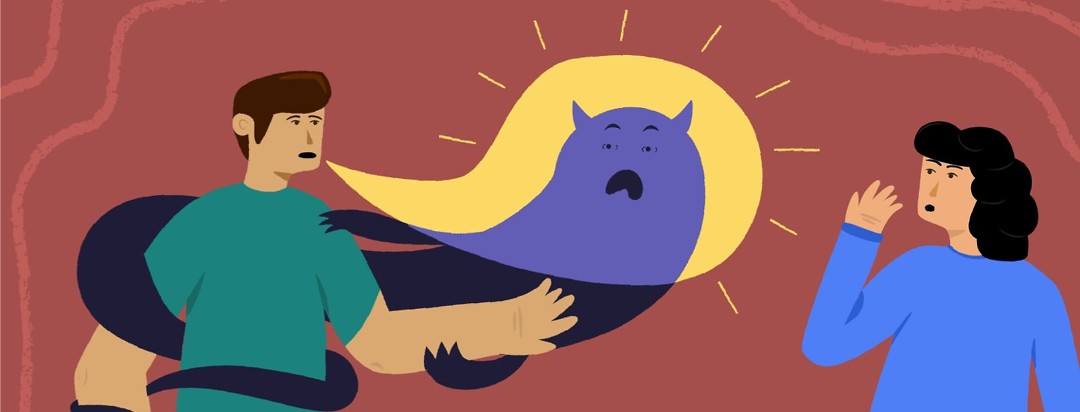Living with an Invisible Illness Like Sickle Cell Disease
Acute pain and other complications of sickle cell disease (SCD) can be severe. However, this pain is invisible to other people, and explaining what you are feeling may be frustrating. People without SCD may not understand your pain or believe that you need support.
It can be difficult to live with an invisible illness like SCD. Educate your family friends about how SCD affects your life. Also, advocate for yourself in your community to help people understand the struggles you face.
Frustrations about not being believed
Sickle cell pain often interferes with daily life. While coping with severe pain, you may be forced to explain to coworkers why you have to leave work early. Or, you may have to tell friends and family why you have to cancel plans or miss an event. Because SCD is invisible, others may not believe that your pain is severe enough to stay home.
Explaining and apologizing for your pain can lead to feelings of self-doubt and guilt, but it is important to trust that you know what your body needs. Trust that your experiences and feelings are valid and real. It is easy to forget this when someone doubts your pain. Remember that you are the expert on your own condition, and you know the best choices for your own health.1,2
Educating your loved ones
Your friends and family members may not have experience living with an invisible illness. It may be hard for them to understand your personal struggles. Talking to them openly and often about SCD can help them appreciate what you are going through. This can help them support you and advocate for you when your symptoms are severe.
Some aspects of SCD you may want to explain to them are:
- How severe the pain can be for you. It may help to compare your pain to something they may have experienced or can imagine.
- What you need to do to treat or reduce your pain. For example, you may need bed rest.
- How SCD affects your daily professional and social life
- How SCD affects you when people do not believe your reports of your own pain
- Personal stories of your experiences in the emergency room
- What they can do to support and advocate for you
Advocacy and awareness
SCD is also invisible to the general population because it is not talked about enough in school, medical, and work settings. Many people you interact with may know nothing about SCD or the severe pain it can cause. This may include teachers, bosses, doctors, and other community leaders.
We need better education about SCD so that the general population is more aware of the symptoms. One way to do this in your community is to find ways to advocate for yourself and others with SCD. Joining or supporting advocacy groups can also be a way to find support and solidarity.
Coping and finding support
Support from family, friends, or online communities can help cope with the struggles of an invisible illness. People in a support group can reassure you that you are not alone in having your pain questioned by others. They can also give personal advice on how to handle negative interactions or strategies to explain SCD to others. Finding a community like this can help improve your mental health and reduce stress.1,2
Coping with an invisible condition like SCD can be difficult, even with a supportive community. Many people find that healthy hobbies and activities reduce stress. This can be especially beneficial during frustrating situations. Some examples of activities that reduce stress include:
- Yoga
- Relaxing walks outside
- Other mild exercises
- Mindfulness meditation
- Coloring and crafting
- Reading, cooking, or any other hobby you enjoy

Join the conversation